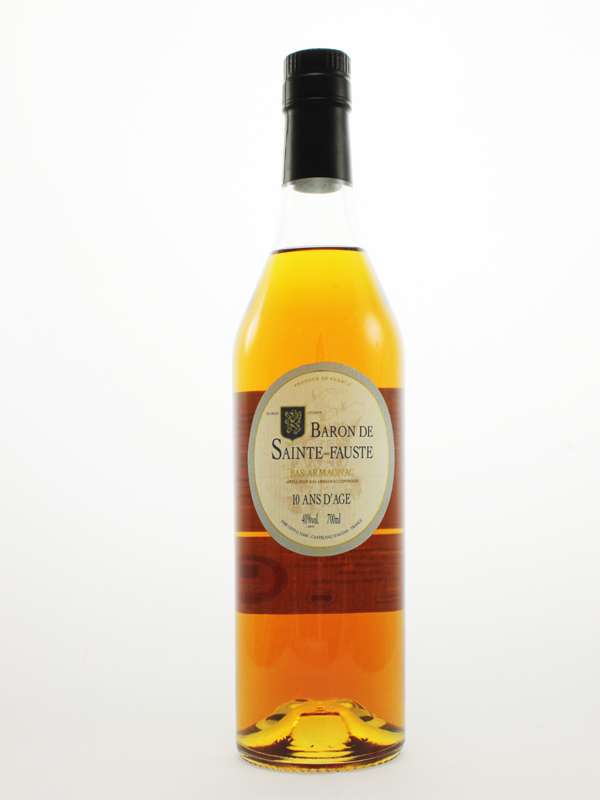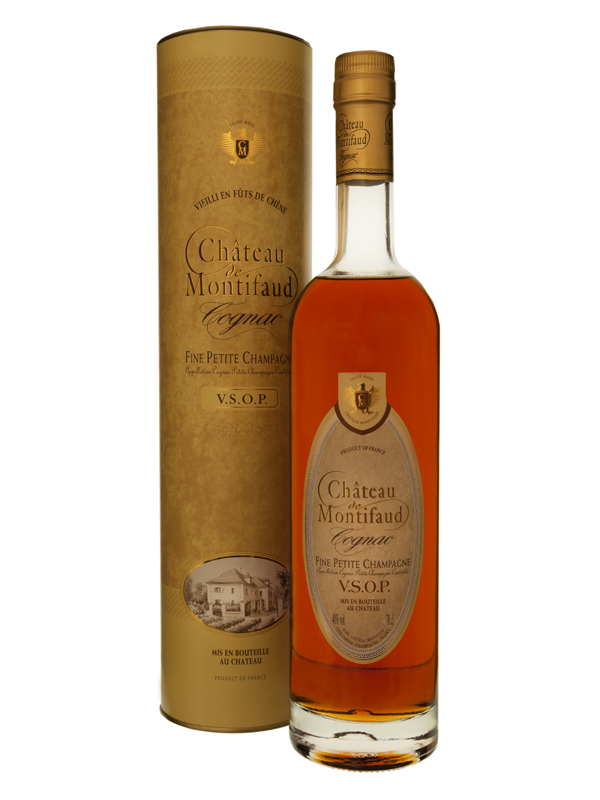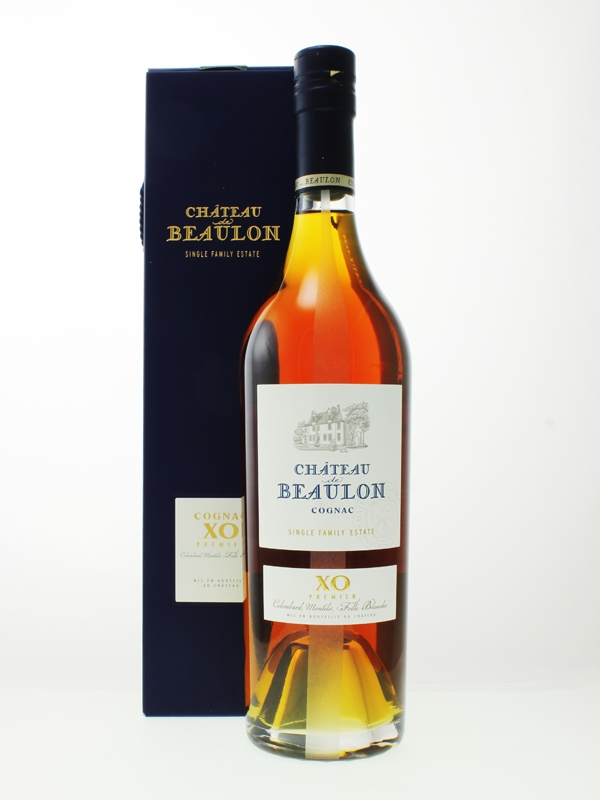Perhaps the most confusing aspect facing shoppers seeking a decent bottle of cognac is the use of generic terms such as VS, VSOP and XO. The big cognac houses such as Hennessy, Martel, Courvoisier and others use these to describe their highly blended cognacs. These big negoçiants buy their cognacs from around 5000 small producers and blend them together. Often, these blends may contain as many as 2000 different cognacs from individual producers.
The rules governing cognac are many, but essentially it must be double distilled and the final distillation must be between 67 to 72 degrees (alcohol by volume). It can take several decades for the strength to drop naturally to that which most of us drink cognac, 40 degrees. This natural process is by evaporation, the lost alcohol being known as ‘Part des Anges’, the ‘Angel’s Share’. To avoid waiting and to minimise cost, the negoçiants will dilute the young cognacs, often adding sugar syrup and caramel. These additives give colour and soften the fiery effects. In contrast cognacs that have aged naturally develop richer qualities and greater individuality of their flavours.
To set standards of ageing in the wood, the big negoçiants created the terms that we see on the High Street shelves, VS (Very Special) Cognac, VSOP (Very Special Old Pale) Cognac and Napoleon Cognac. Cognacs must be aged in oak barrels and although distillation is not allowed after 31st March, it is usually finished by around Christmas. Official ageing starts immediately after the last official distillation day, i.e 1st April. VS cognacs must age in wood for a minimum of 2 years, VSOP cognacs for 3 years and Napoleon cognacs for 6 years. In practice most houses keep their cognacs in wood rather longer than the minimum period.
Technically XO Cognac does not have any legal additional age requirements to that of Napoleon Cognac. The term “XO” was created about half a century ago by Hennessy to describe their oldest cognacs. In those days it usually meant cognacs with an average (not minimum), age of around 25 years. Today regrettably, with the pressure on sales volumes most XO cognacs are rather less than 10 years old.
VSOP Cognacs from Brandyclassics:
At Brandyclassics, we specialise in selling single producer Cognacs, and hence attach rather less importance to the generic terms such as VSOP and XO, and more on the “age statements” and the talents of the individual distillers. However that doesn’t mean to say that you can’t buy VSOP Cognacs from us. We’ve a range of exceptional VSOP Cognacs from the smaller, quality cognac producers – they’re aren’t necessarily more expensive than the big brands, but we’re sure you’ll find they have a much more distinct character and flavour. Here’s a few suggestions for you…
XO Cognacs from Brandyclassics:
We have a number of excellent XO Cognacs from smaller artisan cognac producers, not the faceless brands such as Remy Martin, Courvoisier, Hine and Martell and Hennessy. XO Cognacs are often bought as gifts by our customers, add we’d like to encourage you to buy a Cognac that’s as unique as the person you’re buying it for…



